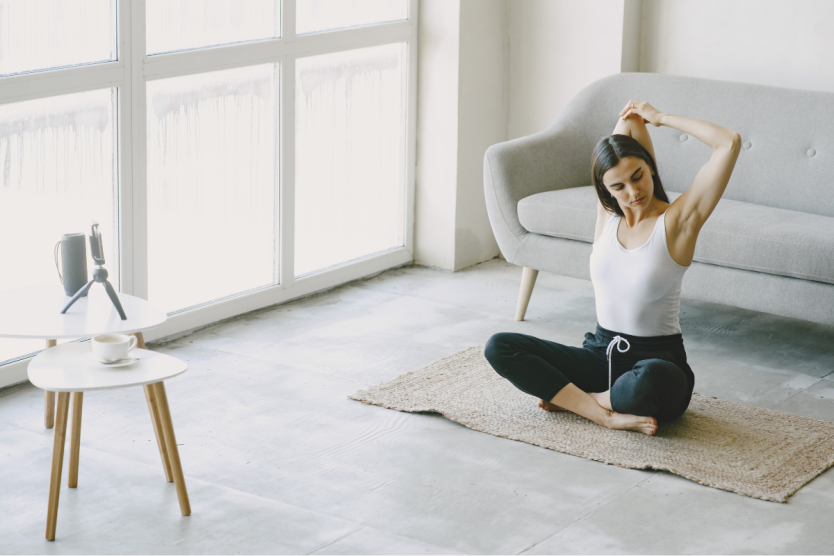Women suffering from incontinence often give up activities they love.
Living with fecal incontinence can become physically and psycho-socially debilitating, negatively impacting quality of life.1 Women may limit their social interactions, feel isolated, and give up exercise.
But can exercise help with fecal incontinence? Let’s explore what exercise might help, and how.
Fecal Incontinence
Continence refers to the control over your bladder and bowel, so incontinence refers to the involuntary loss of that control. There is both urinary and fecal incontinence, and within both there are different types of incontinence. There are also different causes, risk factors and treatment options.
If you have fecal incontinence, also called accidental bowel leakage, you are probably worried about exercising. Fecal incontinence is the accidental passing of solid or liquid stools. It may result in a strong urge to have a bowel movement, and the inability to control it. It could also result in a bowel leakage that you don’t even realize is happening.2 It could result in a major accident or a small leak—or something in between—or it may vary at different times.
Fecal incontinence is considered a somewhat common condition, but the number of women suffering may be underestimated due to patients’ reluctance to report symptoms or seek care.1
Can Exercise Help With Fecal Incontinence?
The short answer is yes, exercise may help with incontinence.
If your fecal incontinence is caused by muscle damage, for instance, your doctor may recommend a program of exercise and other therapies to restore muscle strength. It helps to strengthen those important pelvic floor muscles—the hammock-like structure that holds your pelvic organs in place. Such treatments can improve anal sphincter control and the awareness of the urge to defecate.3
Kegel exercises are one of the top programs recommended to strengthen the pelvic floor muscles, which may help reduce incontinence. To perform Kegel exercises, contract the muscles that you use to stop the flow of urine.3
Pelvic floor physical therapy can help ensure you are performing Kegels properly. Techniques such as biofeedback exercises will help you increase anal muscle strength, which in turn can help strengthen your pelvic floor muscles as well as:3
- help you sense when stool is ready to be released.
- learn to contract the muscles if having a bowel movement at a certain time is inconvenient.
Focusing on contracting the muscle of your anus, just like when you are preventing a bowel movement, will also strengthen the external sphincter muscle. The goal of this exercise is to make it thicker and stronger, which should provide more support and may compress the internal sphincter muscle and help prevent leakage.4
There have not been many studies of whether other types of exercise can help fecal incontinence.
One study in the United States did find that adults with greater perceived severity of fecal incontinence engaged in less moderate-to-vigorous physical activity. However, the study concluded that with emerging research showing beneficial effects of light-intensity physical activity, health care professionals should consider advocating light-intensity physical activity to patients with fecal incontinence.5
It makes sense that fecal incontinence might discourage you from high intensity workouts like running or cardio classes at the gym. But early research does seem to indicate that light intensity workouts such as yoga—which can strengthen your core muscles which also helps with pelvic strength—walking, or other healthy exercises may indeed help.
See a Doctor
If you’re suffering from fecal incontinence, don’t suffer in silence. Use our Physician Finder to find a doctor near you with expertise in women’s health. A treatment plan for incontinence can include exercise, which can help with fecal incontinence.




















